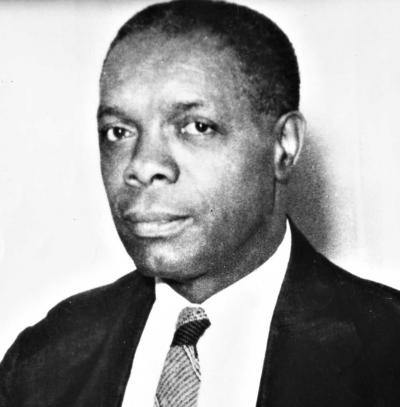My Once-a-Year Vice
My Once-a-Year Vice
I’m not a gambler, never have been, except for the 2 bucks I lost on the Jets game in ’68 when they lost to the Bills 37-35 and where #12, my idol Joe Namath, threw five interceptions. After that crushing defeat, and after peeling off two worn George Washingtons, I swore I’d never gamble again, ever, and for 40 years that mandate held true.
But recently I discovered the most unlikely of places to alter my anti-gambling vow from “Never again” to “I’m all in,” and it sits in a church on Buell Lane.
Once a year, usually the first Sunday in December, Most Holy Trinity Church holds its Silver Tea, where the entire sanctuary is transformed into a massive flea market, where hand-knitted cardigan sweaters lie alongside painted-by-numbers paintings, where you can furnish your kitchen with slightly used Fortunoff tableware for under 5 bucks, where any “American Pickers” aficionado might discover a treasure worth thousands, or at least think so, and which a guy from Springs awaits with bated breath.
It may seem lame that a guy with everything he needs anxiously awaits a three-hour event where 80 percent of the attendees are female, where music heard is not rock ’n’ roll but songs played in an elevator, and where women hover over chafing dishes protected like items found in Area 51.
The annual Silver Tea, my kind of place.
For the past six years, beginning the second week of December, I religiously horde every penny, nickel, dime, and quarter, including the occasional Canadian coin, in an empty glass Hellmann’s mayonnaise jar hidden behind my collection of 45s and Bay City Rollers albums in my basement, a spot my wife and four kids would never look. The following first week in December, I gingerly sneak the jar under my coat and head straight to America’s oldest supermarket in Bridgehampton and deposit them in a coin-exchange machine near the front door, discreetly making sure no one I know sees me; usually at 2 a.m. is best.
Even though the coin machine charges a 9-percent fee, I couldn’t care less, the 200 dollars in found money is used for my once-a-year vice: to buy raffles at the Silver Tea, where the chance to win a basket of assorted chocolates, a hundred free gallons of fuel, or that coveted witch’s broom, a weekend at Gurneys Inn, looms in my heart.
But the one who stands in my way is the picker, a blond woman who happens to be my son Paul’s religion teacher.
“How are you today?” I say with a big smile.
“Good morning,” she says, looking through me.
“These are winning tickets” — praying she sees me drop my pink and yellow stubs in her basket.
“Can you move along please?” she snaps.
Undaunted, I head straight to the tables of well-adorned food, where my favorites, the triangular white-bread cucumber and tuna sandwiches, await me, but they’re staunchly guarded by Mrs. Grogan, who repeatedly reminds everyone, “One serving per person . . . no exceptions.”
“Hi Frank,” she greets me with a half-smile.
“Good morning,” I answer.
“Usually you make it to church near the end of Mass when communion’s being served,” she whispers. “Nice to see you’re finally early.”
“You notice?”
Off to the side, I see Renee McCormack, a strikingly attractive brunette with a Victoria’s Secret figure who could easily grace the cover of Glamour magazine and who makes me quickly forget I’m happily married with four great kids.
“Hi Renee,” I stutter as though meeting a movie star.
“Should I distract Mrs. Grogan like last year so you can grab a few plates of those tiny sandwiches?” she mentions.
“That would be amazing,” I answer, kissing her left cheek but careful not to be seen by her Edward Burns-look-alike husband, Owen, whose chiseled good looks also make me quickly forget I’m happily married with four great kids.
With a plate filled with enough sandwiches to feed my high school son for a week, I clutch my raffle tickets tight, confident I’m going home with a magnificent prize my wife will look forward to, such as a weekend at Gurney’s, or at least a basket of chocolates to feast on during Christmas break, or a hundred free gallons of fuel to keep us warm during January.
Sadly, after sitting on the edge of my seat for three hours, I bring home only a Lenox butter dish I found for a dollar and a handful of home-baked brownies wrapped in a napkin I slide under my jacket, already looking for spare change for next year’s Silver Tea.
Frank Vespe is a frequent “Guestwords” contributor.


